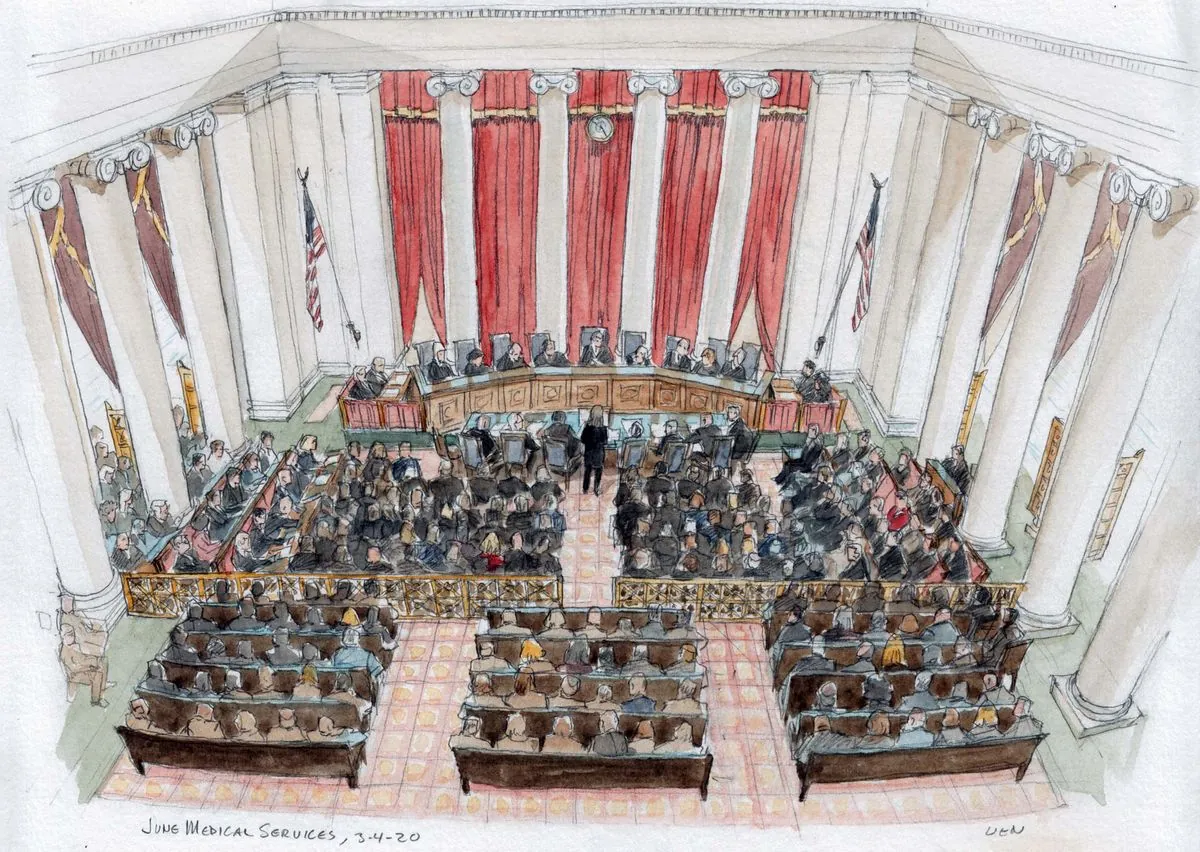The Supreme Court of the United States is set to commence its new term on October 9, 2024, with the potential for groundbreaking decisions that could significantly impact American society. As the highest court in the land prepares to hear a range of cases, legal experts are closely monitoring the docket for issues that may reshape the legal landscape.
John Roberts, entering his 20th term as Chief Justice, remains a central figure in the court's dynamics. His recent rulings, particularly on presidential immunity, have sparked debate about his judicial philosophy. Alongside Roberts, Amy Coney Barrett has emerged as a justice to watch, occasionally diverging from her conservative colleagues in notable dissents.
The upcoming term is expected to address several contentious issues:
- Gender-affirming care for transgender youth
- Regulation of "ghost guns"
- A high-profile death row inmate appeal
While the current docket may appear less dramatic than previous terms, experts caution that significant cases could be added as the term progresses. The court has only filled about half of its expected caseload, leaving room for potentially landmark cases to emerge.
One area of particular interest is the potential for cases related to the 2024 presidential election. With polls indicating a close race between the incumbent and the challenger, the possibility of the Supreme Court intervening in election disputes looms large. The specter of the 2000 Bush v. Gore decision continues to influence perceptions of the court's role in electoral matters.
The court's composition may also face scrutiny in the coming year. Speculation about potential retirements has intensified, with the ages of several justices fueling discussions about succession. Clarence Thomas, at 76, and Samuel Alito Jr., at 74, are the oldest conservative justices, while Sonia Sotomayor, at 70, is the oldest liberal member of the court.
"I believe the next president will have the opportunity to fill two seats on the Supreme Court."
This statement has heightened interest in the potential for new appointments, which could significantly alter the court's ideological balance.
The Supreme Court's influence extends far beyond individual cases. Established in 1789, it has played a crucial role in shaping American law and society for over two centuries. With the power of judicial review, established in the landmark 1803 case Marbury v. Madison, the court has the authority to interpret the Constitution and strike down laws it deems unconstitutional.
As the court begins its new term, it carries the weight of its history and the responsibility of addressing contemporary legal challenges. From its iconic building, adorned with the phrase "Equal Justice Under Law," to its selective process of hearing only about 1% of petitioned cases, the Supreme Court continues to be a cornerstone of the American legal system.
The coming months will reveal whether this term will produce decisions as consequential as those in recent years. As the justices deliberate on cases ranging from regulatory authority to civil rights, their rulings will undoubtedly shape the legal framework of the nation for years to come.
